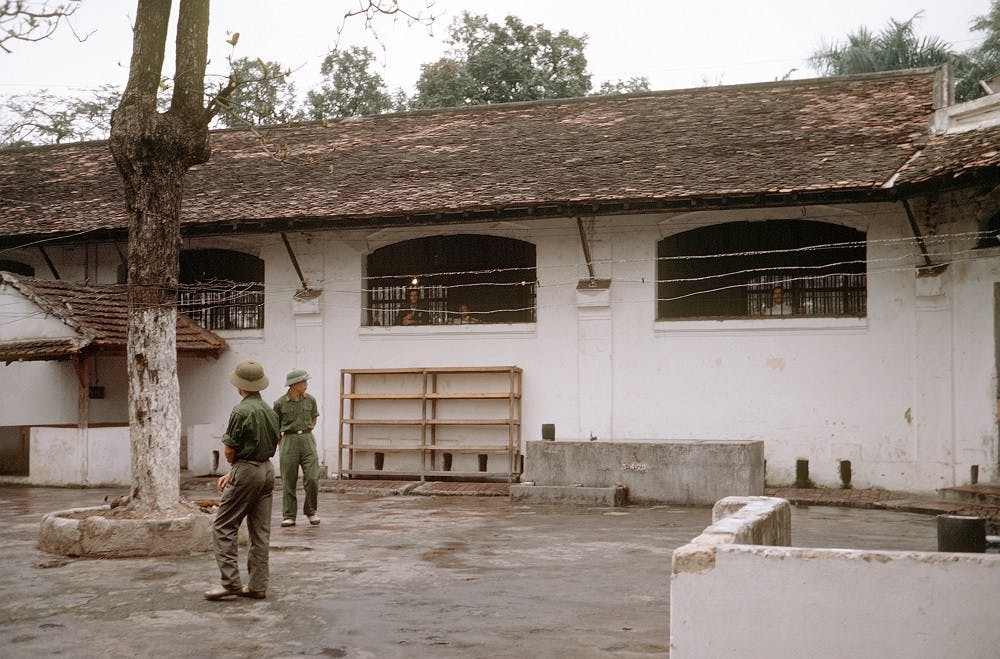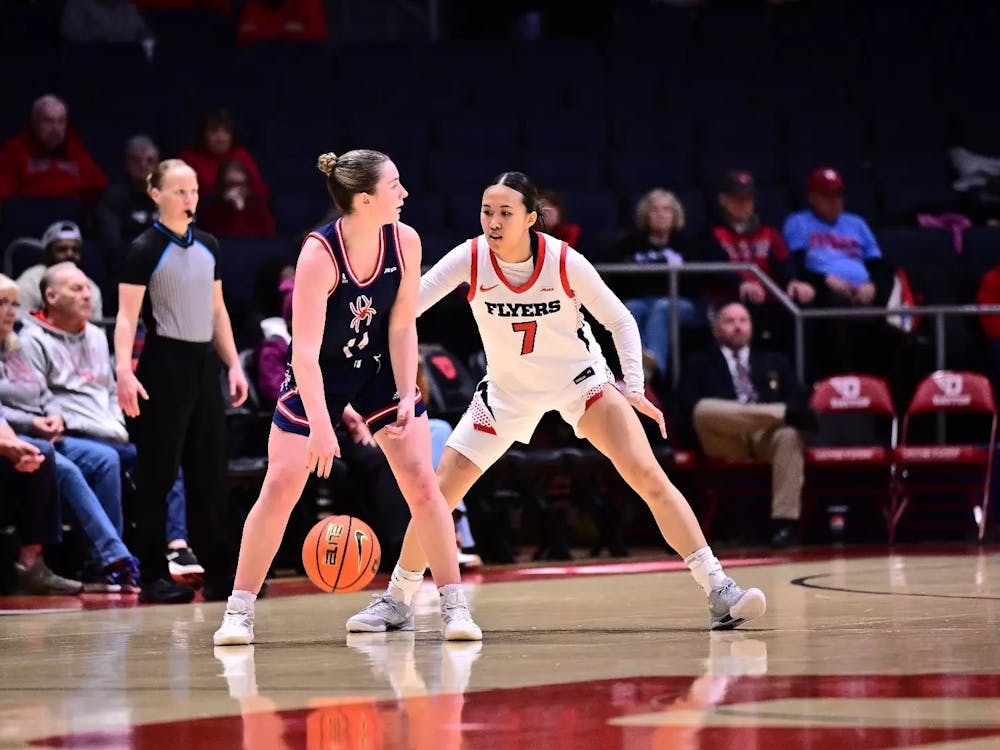Paul Galanti, a Vietnam war veteran who spent nearly seven years as a prisoner of war, received two standing ovations as he addressed the crowd during a screening of The 'Hanoi Hilton' in the Ukrop Auditorium on Wednesday night.
Galanti, who earned an MBA from the University of Richmond after he returned from Vietnam, was a member of the Navy Jet Attack Squadron 216 as an A-4C Skyhawk pilot, according to his biography on the Vietnam Prisoners of War website. He was based aboard the USS Hancock, which departed for Southeast Asia in November of 1965.
“This movie is very accurate and well done,” Galanti said. “I never once had a flashback until I saw it.”
Galanti’s plane was shot down in June of 1966, and he was captured and later detained in the North Vietnamese prisoner camp system, which was the subject of the movie. He remained in the camp, being brutally beaten and tortured, for nearly seven years, he said.
‘The Hanoi Hilton’ was released in 1987 and generally received low rankings, with a 50 percent approval on Rotten Tomatoes and a six out of 10 on IMBD. Reviews, however, tend to agree that the movie is accurate. The film’s director, Lionel Chetwynd, received counsel from a number of veterans who were kept in the Hanoi Hilton, according to a movie review website.
The auditorium was nearly full of students, professors and Vietnam War veterans. Galanti briefly introduced the movie, and answered questions after its ending.
John Paul Jones, another Vietnam veteran and professor of law at the University of Richmond, introduced Galanti. Jones’ speech recapped Galanti’s Naval career, which included 97 combat missions, the Silver Star, the Bronze Star, two Purple Hearts, nine Air Medals, the Naval Commendation for Combat and two Legions of Merit for Combat.
One inaccuracy in the movie that Galanti noted was the film’s portrayal of the prisoner’s excitement on the tarmac as they were boarding a U.S. airplane to be released. In reality, the prisoners refused to smile in front of cameras on the tarmac, Galanti said. The newly-released prisoners entered the plane with blank stares, and became jubilant immediately after takeoff, he said.
One audience member asked Galanti how he remained sane as a prisoner, and how he coped with the stress upon his return.
Knowing that prisoners in the South Vietnamese jungle prisons had it worse than he, and the thought of his wife Phyllis waiting at home were Galanti’s motivation to survive in the prison, he said.
Despite the atrocities that Galanti faced as a prisoner of war, he maintained a sense of humor throughout the event. He referred to the prison as a “gated community” and attributed his lean figure to Hanoi Hilton’s “great weight reduction program.”
Galanti and his fellow prisoners declined the North Vietnamese’s offer of early release throughout their detention in the prison, refusing to leave unless all prisoners of war were released.
Enjoy what you're reading?
Signup for our newsletter
When interviewed as a prisoner of war in 1967, Galanti refused to say that he was being treated properly and appeared on the October cover of Life Magazine sporting both of his middle fingers to the camera.
“I came to support Paul,” said Linny Kammeter, who served in Vietnam and is friends with Galanti. “It was a good movie.”
The film was the fourth of the journalism department’s Vietnam War Film Series. The series will continue on Wednesday, Nov. 11 with the showing of ‘Full Metal Jacket.’
Contact reporter Hunter Ross at hunter.ross@richmond.edu
Support independent student media
You can make a tax-deductible donation by clicking the button below, which takes you to our secure PayPal account. The page is set up to receive contributions in whatever amount you designate. We look forward to using the money we raise to further our mission of providing honest and accurate information to students, faculty, staff, alumni and others in the general public.
Donate Now



